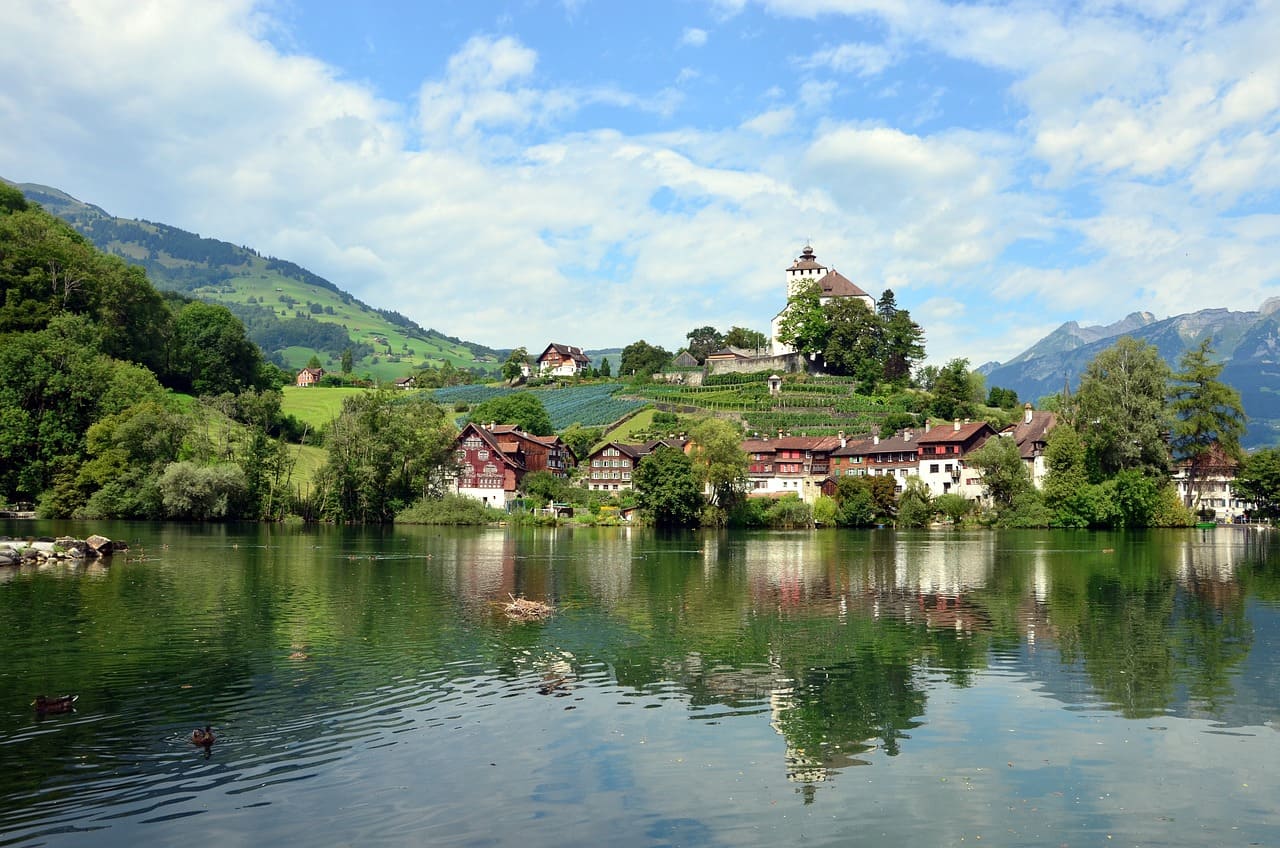
The History of the Romansh Language
The Romansh language is one of the four official languages of Switzerland, but it has a much longer history than that. This unique Romance language was first spoken in Raetia, an ancient region in what is now Switzerland, Italy, Austria, Germany, Slovenia, and Croatia. To this day, it remains an important part of Swiss culture. Let’s explore the origins, history, and unique features of this language more.
Origin and History
Romansh is considered to be one of the oldest Romance languages in Europe. It was originally spoken by people living in Raetia during the Roman Empire's rule over Europe. After Rome fell, the language continued to develop independently from Latin - the language from which all Romance languages are derived—and developed its distinct characteristics. Over time, it spread throughout what is now Switzerland and became widely spoken among local populations there.
During Medieval times and even into modern times, many other languages were introduced to Switzerland through immigration or colonization - namely German dialects like Alemannic - but Romansh managed to survive due to its strong presence in certain regions like Graubünden where it was actively used. In addition, as Swiss culture began to take shape over time, so did Romansh as a distinct dialect within that culture; its influence can still be seen today on regional flags or monuments with inscriptions in both German and Romansh lettering.
The Origin of the Name “Romansh”
The name “Romansh” is derived from the Latin word romanicus which means “Roman-like” or “belonging to the Roman Empire.” The term was first used in 1552 to refer to all Romance languages spoken in Switzerland and Italy. Over time, it came to be used exclusively to refer to the dialects spoken in Grisons canton.
What Makes the Romansh Language Unique?
-
Historical Roots: Unlike other Romance languages that have a widespread presence or large numbers of speakers, Romansh originated from the Vulgar Latin spoken by Roman settlers in the ancient region of Raetia. Its development was isolated, evolving separately from its cousin languages like French, Spanish, and Italian.
-
Limited Geographic Spread: Romansh is primarily spoken in the canton of Graubünden in Switzerland. Its use in this confined geographic area has led to the development of a language that is deeply integrated with local culture and traditions.
-
Diverse Dialects: Romansh is not a singular language but a group of closely related dialects. The five main dialects are Sursilvan, Sutsilvan, Surmiran, Puter, and Vallader. This diversity is a reflection of the rugged, mountainous terrain of the region, which historically limited communication and led to linguistic variations.
-
Official Recognition and Support: Despite its small number of speakers, Romansh enjoys official status in Switzerland. This includes governmental support for preservation and promotion, which is not always the case for other minority languages. It is used in official documents, local administration, and public signage, alongside German, French, and Italian.
-
Educational Resources: Romansh children learn the language in school, and it is taught as a subject. There are also resources available for adults to learn Romansh.
-
Unique Writing System: Romansh utilizes the Latin alphabet but incorporates additional characters and diacritical marks to accurately reflect its distinct phonetic features. These include ë as in "fëgl" (bird), é in "sé" (if), è in "pèr" (dog), ü in "müma" (mummy), and ö in "döra" (door).
-
Orthographic Standardization: The language has undergone efforts to standardize its writing system, known as Rumantsch Grischun, to unify the various dialects in written form. This standardization is intended to help preserve the language by making it more accessible and usable in education and government.
-
Vocabulary Influences: Romansh has been influenced by several different languages throughout its history. The most significant influences are German (approximately one-third of all words), Italian (25%), and French (10%).
Current Status of Romansch
Romansh is one of four official languages used by the Swiss Federal Administration along with German, French, and Italian. This language is mostly spoken in the southeastern region of Switzerland known as the Grisons (or Graubünden) canton. It is also taught in schools throughout much of Switzerland; however, its use has been steadily declining among younger generations due to a greater emphasis being placed on more widely used languages such as English or French.
Despite these trends, there have been efforts to preserve and protect this ancient language with initiatives such as Pro Grischun which provides grants for teachers interested in teaching it at schools or universities.
Additionally, public broadcasting networks produce radio shows and TV programs featuring content directed toward a younger demographic to promote its use among them
Romansh is an endangered language spoken by fewer than 60,000 people globally but remains a significant part of Swiss culture. Initiatives such as Pro Grischun aim to promote its use among younger generations, countering the trend of declining usage. These efforts are gradually increasing awareness and interest in Romansh







